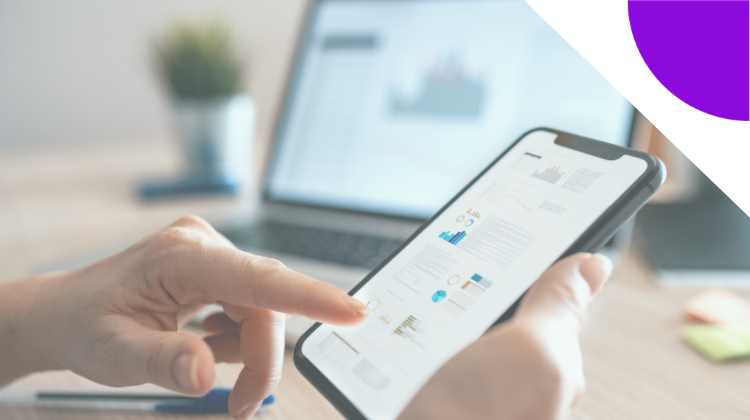4 charts, The Customer Effect
Most consumers can’t live without their mobile banking app, study shows
- Banking apps are becoming central to how consumers manage their money.
- About 87% of consumers are using their banking app at least once a month, which is 2% more than last year.









